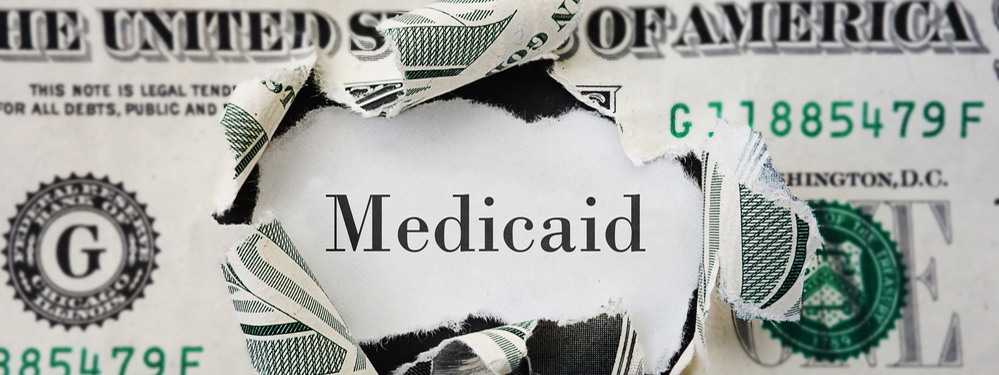Why is it so difficult for so many New Yorkers to survive here?
It’s because New York has some of the highest taxes anywhere. It is why so many older, middle-class New Yorkers, head to less taxing climes.
One of the reasons why taxes are so high is spending is often scandalous and governments often have trouble tracking where tax dollars are going.
Empire Staters Pay a Lot
New Yorkers paid through the nose for Medicaid because state government often doesn’t effectively track payments.
That’s according to a state fiscal watchdog. He says the New York State Department of Health overpaid by some $100 million in duplicate payments to managed care organizations (MCOs) for premiums over a four-year period.
The findings come from a report by New York State Comptroller Thomas P. Napoli.
“System flaws and incorrect or incomplete information have caused duplicate Medicaid premium payments for a long time,” DiNapoli wrote in a new report. “The Department of Health needs to do a better job coordinating with all stakeholders in the Medicaid system to eliminate this waste, improve efficiency and streamline communication.”
Medicaid is a federal/state/local government program. It provides a wide range of medical services to people instead of pay who can’t pay or have unique medical problems. Medicaid recipients often receive services through MCOs.
The State Department of Health pays MCOs for each recipient and MCOs pay medical providers.
The report, which covered a four-year period from January 2014 to June 2018, found the state was not effectively following who was receiving payments.
Many Breakdowns
“Auditors,” the DiNapoli report found, “many breakdowns that led to the improper payments, including flaws at the local level for updating incorrect and incomplete applicant information.”
Some recipients were receiving multiple payments, the report said, because they had multiple client identification numbers (CINs). In some cases, according to the report, a recipient might have multiple CINs, only one should be eligible for payment. “Concurrent active eligibility,” the DiNapoli report said, “under more than one CIN for the same recipient should be terminated to prevent duplication of benefits.”
Last year New York’s Medicaid program had some 7.3 million recipients, with claims totalling some $62.9 billion, according to state numbers. The federal government funded about 55 percent of the bill and the rest was paid by the state and local governments. All share responsibility for ensuring payments are made to the right recipients.
Will the Problem Be Corrected?
Although DiNapoli said the state Health Department are taking steps to correct problems, he says more needs to be done.
“While the Department has taken certain steps to close duplicate CINs,” DiNapoli wrote in a letter to State Health Commissioner Howard Zucker, “it has not taken necessary steps to prevent duplicate CINs from being used again.” DiNapoli also said that the state was acting promptly “to recover the $102.1 million that resulted from duplicate CINs.”
What’s happening in New York State is often happening in most other big welfare states. It is the nature of big government. It is also one of the reasons why taxes, either directly or indirectly, always seem to be on the rise here.
![]()
